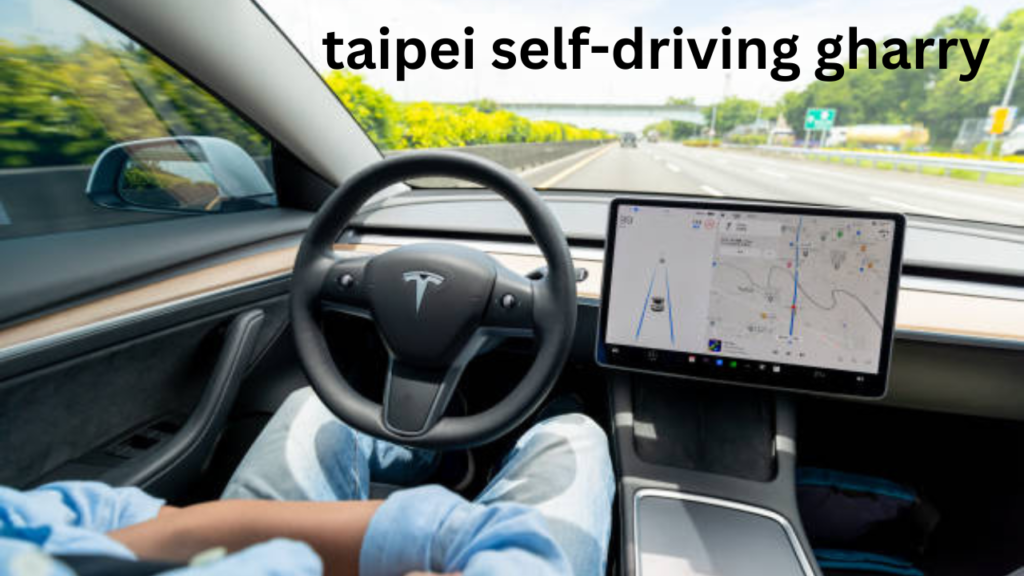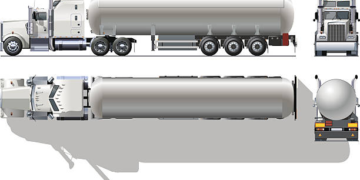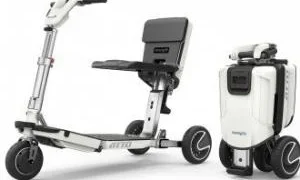What is a Self-Driving Gharry?
A “self-driving gharry” combines the charm of traditional transportation with modern autonomous technology. In historical contexts, “gharry” refers to a horse-drawn carriage or similar transport widely used in Asian countries. However, reimagining this concept in a bustling modern city like Taipei could signal an innovative blend of culture and technology, tailored to meet eco-friendly and futuristic travel demands.
Could Taipei Be Home to the Self-Driving Gharry?
Taipei, Taiwan’s vibrant capital, is no stranger to innovation. With its commitment to smart city initiatives, advanced public transportation systems, and eco-conscious policies, Taipei offers fertile ground for an idea like the self-driving gharry. This concept could manifest as a compact, driverless electric vehicle designed for short commutes, sightseeing, or even as a unique addition to Taiwan’s burgeoning tourism sector.
Key Features of a Potential Taipei Self-Driving Gharry
- Autonomous Technology
- A self-driving gharry would rely on cutting-edge sensors, AI, and machine learning to navigate Taipei’s bustling streets. This would ensure safety while providing a seamless travel experience. Features like GPS navigation and real-time traffic analysis could make it both efficient and reliable.
- Eco-Friendly Design
- The self-driving gharry could be powered by renewable energy sources, such as solar or electric power. Taipei is already pushing for greener transportation solutions, and this could align perfectly with its sustainability goals.
- Compact and Adaptable
- Designed for urban environments, the vehicle would be compact enough to maneuver narrow streets while offering enough comfort for passengers. Customizations for tourists, such as panoramic roofs or multilingual navigation systems, could add to its appeal.
- Smart Integration
- Integration with Taipei’s existing infrastructure, like MRT stations and bus stops, could make the self-driving gharry a vital component of a connected urban transportation network. Mobile apps could facilitate ride-hailing and real-time updates.
How Would a Self-Driving Gharry Transform Taipei?
Tourism Innovation
Tourists exploring Taipei’s landmarks like Taipei 101, Beitou Hot Springs, or Shilin Night Market could enjoy a new level of convenience and novelty. The self-driving gharry could be marketed as an immersive cultural experience that blends Taiwan’s heritage with modern technology.

Traffic Reduction and Accessibility
Smaller, autonomous vehicles could ease congestion in busy areas while providing an accessible option for the elderly or disabled. The self-driving gharry could also operate in areas less served by traditional public transport.
Sustainability Goals
Taipei’s commitment to reducing carbon emissions could be furthered by replacing conventional taxis with self-driving gharrys. Electric-powered models could contribute significantly to cleaner air.
Challenges to Consider
- Technological Barriers
- While Taiwan is tech-savvy, full deployment of autonomous vehicles requires significant advancements in AI, infrastructure, and legislation.
- Public Acceptance
- Ensuring the public’s trust in autonomous vehicles is a critical step. Demonstrating safety and reliability would be paramount.
- Cost and Scalability
- Implementing a fleet of self-driving gharrys would require substantial investment. Scaling the concept for widespread use might take time and government support.
Is It Realistic?
The idea of a Taipei self-driving gharry is hypothetical but not impossible. It aligns well with the city’s ambitions to lead in smart urban solutions. By combining technology, sustainability, and cultural elements, this concept could pave the way for a unique transportation experience that sets Taipei apart on the global stage.
Also Read: Abilify Ruined My Life: A Critical Look at the Risks and Realities
Deduction
While the “Taipei self-driving gharry” might currently exist more as a thought experiment than a reality, it embodies a vision of what modern urban transportation could achieve. With the right mix of innovation, public support, and government backing, Taipei could turn this idea into a game-changing model for the future. For now, it remains a captivating concept, blending tradition and technology into a fascinating narrative of progress.





































Comments 4